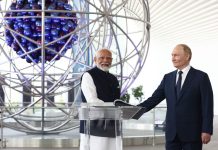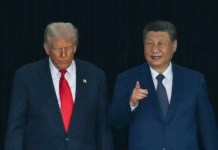A subtle yet profound shift is underway in global geopolitics, as France is gradually replacing Russia as India’s most trusted strategic defense partner. Earlier this year, India signed its biggest defense deal ever, a US$7.5 billion deal for procuring 26 Rafale M fighter jets.
Now, barely three months later, India might follow it up with another high-stakes deal of the same magnitude.
According to reports, India may sign a deal with France’s Safran group for the co-development of fighter jet engines. These engines will power India’s fifth-generation stealth aircraft, AMCA.
The project aims to propel India towards ‘self-reliance’ in defense, as India is currently entirely dependent on foreign countries for jet engines. Notably, India’s indigeneously developed Tejas fighter jets are also reliant on General Electric engines.
This is a crucial handicap as it gives the US the ability to sabotage India’s domestically developed fighter jet program. Indians have already learned the hard way the ramifications this dependence can have on their defense programs.
The delay by General Electric in supplying the F404 engines, as per the negotiated timelines, has caused India’s Tejas program to be delayed by more than two years. This comes at a time when the Indian Air Force (IAF) is already battling with dwindling squadron strength.
The IAF is currently operating with 31 squadrons as against the sanctioned strength of 42 squadrons.
A joint engine co-development program will ensure that India’s stealth aircraft program, the AMCA, is not reliant on a foreign country for meeting its timelines.
Apart from strategic autonomy, the project can also save India a significant amount of valuable resources, as jet engines and their maintenance comprise a substantial portion of the cost of fighter jets.
According to conservative estimates, India requires over 250 next-generation fighter jet engines in the next decade.
The Jet Engine Deal: What Is Safran Offering?
The Indian Ministry of Defense (MoD) has proposed collaboration with France for co-developing a 120kn fighter jet engine for future platforms, including the Advanced Medium Combat Aircraft (AMCA), the Economic Times reported.
The deal could cost as much as Rs 61,000 crore (approximately US$7.2 billion), making it one of India’s largest defense deals ever.
Earlier in April, India signed a deal with France for the procurement of 26 Rafale M fighter jets for a cost of US$7.5 billion.
According to the report, the decision was made following extensive consultations with stakeholders and a technical committee.
The MoD has received proposals from France’s Safran and the UK’s Rolls-Royce for joint co-development of fighter jet engines.
However, following extensive consultations, the Indian MoD has proposed collaboration with France’s Safran group.
Safran has reportedly offered full technology transfer (ToT) and a roadmap meeting the AMCA development timeframe.
The initial batch of AMCA fighters still might be fitted with General Electric’s 414 engines. However, the later batch might be equipped with an indigenous engine co-developed with Safran.
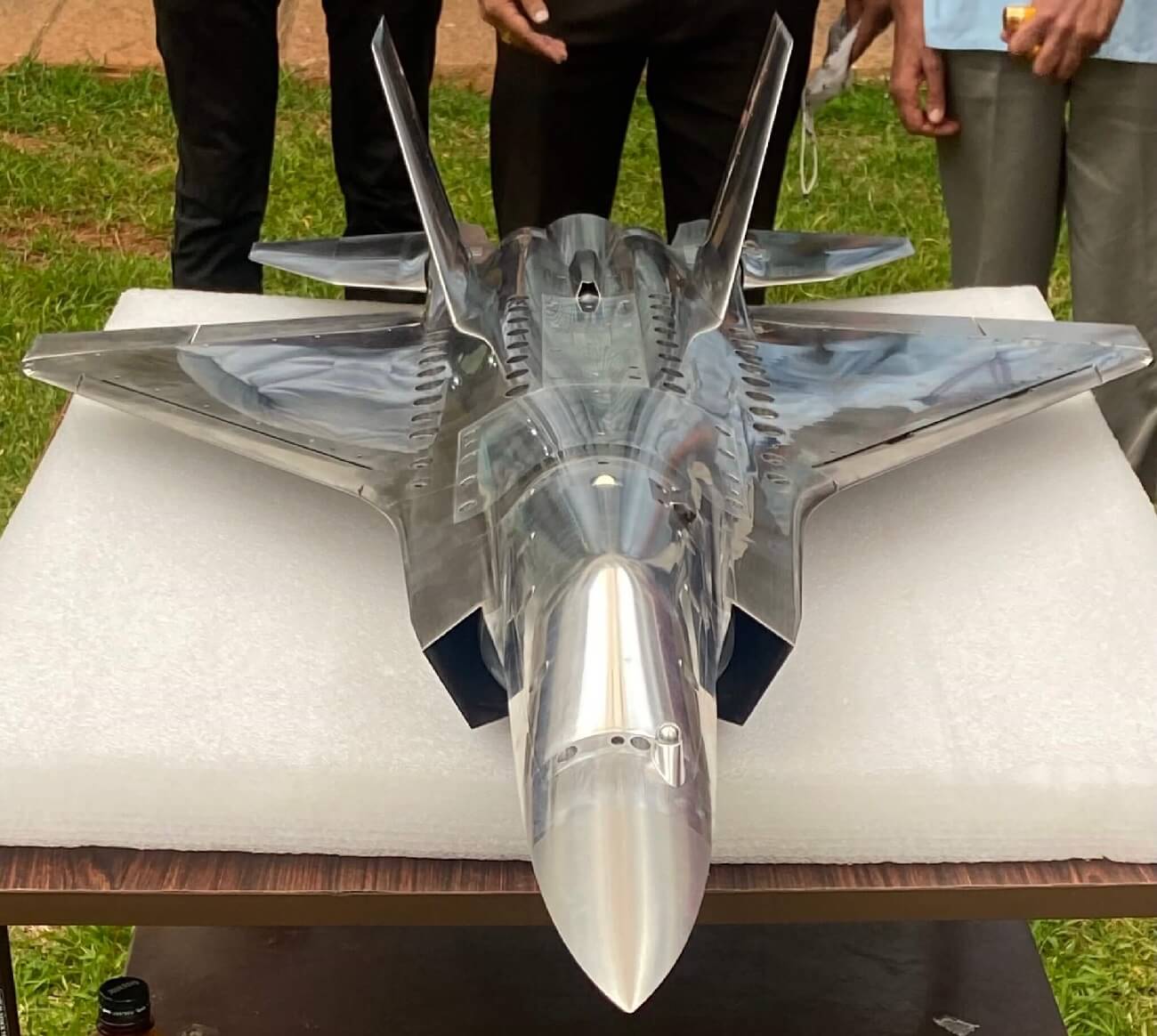
The Failure Of The Kaveri Project: How India Got Here
It is worth recalling that India has tried to develop its own fighter jet engine without any foreign collaboration.
The project began in the late 1980s, with DRDO authorized to launch a program to develop an indigenous jet engine to power the Light Combat Aircraft (LCA) Tejas.
In the 1990s, as India pursued economic reforms, opened its markets, conducted nuclear tests, and diversified its defense partnerships following the collapse of the Soviet Union, New Delhi also decided to revive its long-cherished dream of developing a domestic fighter-jet engine.
Notably, HAL’s earlier efforts to develop a reheated version of the 21.6 kN Orpheus 703 engine used in the indigenously developed HF-24 Marut fighter jet had failed.
Thus, the Indian defense establishment began work on a homegrown military jet engine: the Kaveri, named after a river in the country’s south.
However, producing advanced fighter jet engines is exceptionally complex, requiring real-world experience that has been built up over decades.
To date, only five countries — incidentally, all of them current permanent members of the UN Security Council — possess the knowledge to build them: the US, the UK, France, Russia, and China. Even among them, China is only a recent entrant.
India’s Kaveri project was delayed further as India faced economic and technological sanctions following its nuclear tests in 1998.
The Kaveri project continued in spurts until mid-2004, when a failure during a high-altitude test in Russia dashed all hopes for its introduction with the first production batch of Tejas fighter jets.
After nearly four decades of work, India was able to deliver a functioning engine, but it fell short of the expected requirements. The engine could produce only 49 kN of dry thrust and 78 kN of wet thrust (with the afterburner).
However, the Indian Air Force has expressed a need for a higher thrust, around 90-95 kN, for modern fighter jets like the Tejas. It was clear that the Kaveri project had hit a dead end.
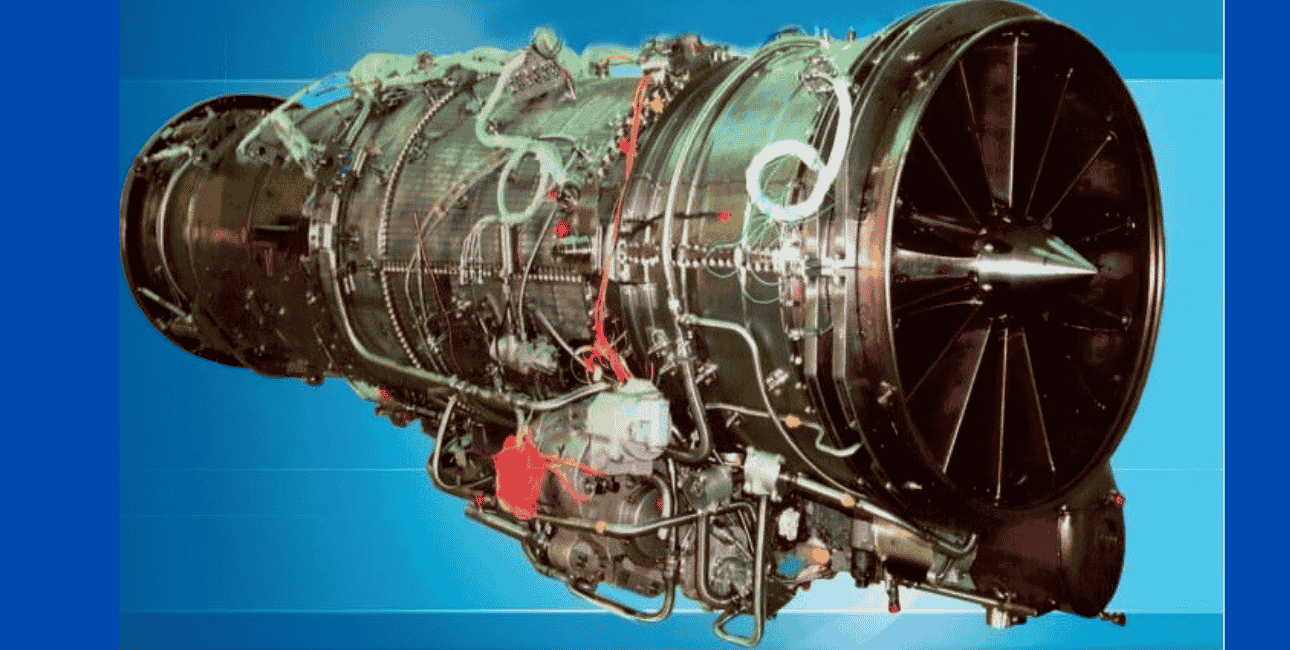
Commenting on the future of the Kaveri engine, former IAF Group Captain and defense analyst Ajay Ahlawat wrote: “Kaveri is a fully mature engine now. The possibility of improvement in performance and weight, in the same design, from hereon is very limited.”
“Even if we consider an optimistic scenario, we would achieve 55 kN in dry and 85 kN in wet thrust regimes. However, we would need an engine that produces 100kN plus for our AMCA and Tejas Mk2. We would need to develop a separate engine, which we could call Kaveri 2.0, that addresses the critical shortfall in Kaveri 1.0.”
Ahlawat suggested that India has two options: Developing a completely indigenous engine, which might require significant time and resources, or partnering with a foreign OEM such as Safran, GE, or Rolls-Royce.
“The selected OEM could provide access to advanced technologies, such as single-crystal blades, advanced cooling systems, and advanced digital engine controls, which we currently lack. In such a scenario, the risk of failure is low,” he added.
A variant of the Kaveri is currently under development for unmanned combat aerial vehicles, such as Ghatak.
Meanwhile, it seems that the Indian MoD has decided to partner with a foreign OEM, reportedly Safran, for developing the jet engine for the AMCA project.
The selection of Safran, coming within three months of another landmark defense deal with France for 26 Rafale M fighter jets, once again highlights the close strategic defense partnership between India and France.
India & France’s Strategic Defense Partnership
Notably, France has been one of India’s oldest and most trusted defense partners. The relationship began in the 1950s, soon after India’s independence.
In the 1950s, the IAF bought Ouragan (Toofani) fighter jets from France’s Dassault Aviation, marking the beginning of a long relationship in the defense aerospace sector. In total, India purchased 104 Ouragan fighter jets from France.
In 1957, India ordered 104 Mystère aircraft, which were extensively used in both the 1965 and 1971 wars with Pakistan.
The Indo-French love affair continued, and in the late 70s, India followed through by ordering Jaguar, made by the French-British company SEPECAT. Notably, these Jaguars, purchased nearly five decades ago, are still serving with the IAF.
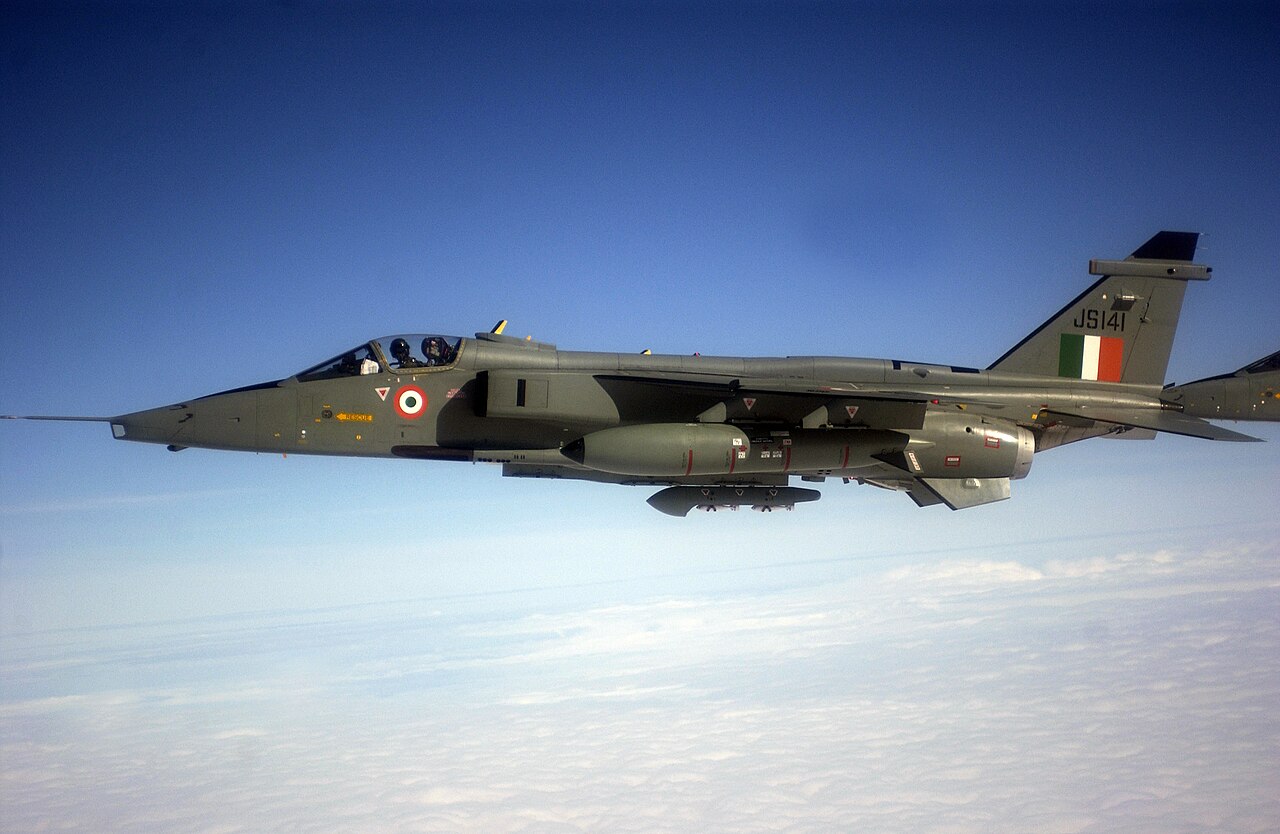
In the 1980s, the IAF ordered another French aircraft, the Mirage 2000, from Dassault. These Mirage fighter jets continue to serve in the IAF and were also used during the Balakot airstrikes in Pakistan in 2019.
Then came the landmark Rafale deal in 2016 for 36 fighter jets, which was followed by an agreement for 26 Rafale M fighters earlier this year.
In total, the IAF has operated five French fighter jets.
However, India and France have also cooperated extensively in the naval sector.
Under the Project-75 program, India signed a $3.75 billion deal in 2005 with France’s Naval Group to build six Kalvari-class Scorpene submarines at Mazagon Dock Shipbuilders Limited (MDL) in India.
France has also supplied the Indian Navy with Chetak (Alouette III) helicopters. These light utility helicopters were built under license by HAL.
Furthermore, France’s Safran Group and HAL co-developed the Shakti engine, powering India’s Dhruv, Rudra, and Prachand helicopters.
France is already among India’s top defense suppliers. According to the SIPRI 2025 report, France (33%) was India’s second-largest defense supplier for the period 2020-2024, closely behind Russia, which supplied 36% of India’s arms imports.
However, if one compares the data for the last one and a half decades, it becomes apparent that France is swiftly replacing Russia as India’s primary defense supplier.
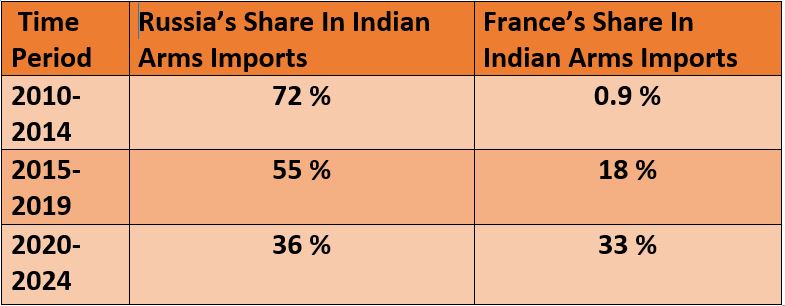
Over the past 15 years, France’s share of India’s arms imports has increased significantly, from 0.9% to 33%. During the same period, Russia’s share has declined from 72% to 36%.
If this trend continues, France can soon replace Russia as India’s primary defense supplier.
India is already the top destination for French arms exports. Between 2020 and 2024, 28 % of all French arms exports went to India.
If India and France sign the deal for the joint development of fighter jet engines, it will further boost the already significant defense trade between the two countries and deepen the strategic partnership between New Delhi and Paris.
- Sumit Ahlawat has over a decade of experience in news media. He has worked with Press Trust of India, Times Now, Zee News, Economic Times, and Microsoft News. He holds a Master’s Degree in International Media and Modern History from The University of Sheffield, UK. He is interested in studying Geopolitics from a historical perspective.
- He can be reached at ahlawat.sumit85 (at) gmail.com


